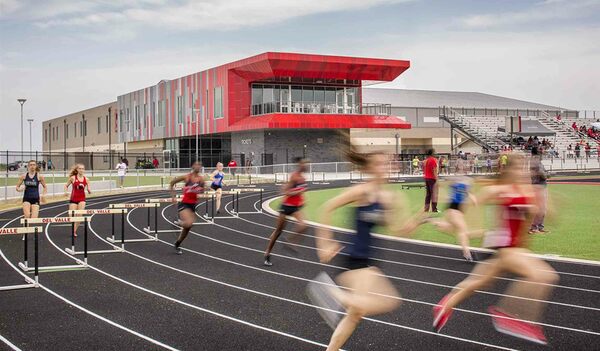Comparative Analysis of Vital Capacities of Athletes, Singers and Other Students of Age 13-14 Years: A Cross-Sectional Observational Study
(1) Springdales School, Dhaula Khan, New Delhi, India, (2) Benito Juarez Marg, Dhaula Kuan, New Delhi, India
https://doi.org/10.59720/19-059
Physical activity when performed regularly has beneficial effects on all systems of the body, including pulmonary functions. This study, conducted at Springdales School in Dhaula Kuan, New Delhi, aimed to determine the effect of sports and singing on the vital capacity (the maximum amount of air a person can expel from the lungs after a maximum inhalation), an important measure of pulmonary health. Vital capacity was assessed in 60 healthy students of 13-14 years of age with an equal number of athletes, singers, and non-athletes non-singers, as well as an equal number of males and females in each group. Vital capacity was measured by Student’s spirometer. Anthropometric data was also matched with spirometric parameter. Athletes (3452.5±696.7 cm3) and singers (3015±346.83 cm3) had significantly higher vital capacity than the control group (2625±543.74 cm3). The vital capacities of athletes and singers were also significantly different. Non-athletes non-singers had a significantly higher body mass index (23.87±2.35 kg/m2) as compared to athletes (20.66±1.52 kg/m2) and singers (22.6±1.84 kg/m2). In conclusion, both athletes and singers had better pulmonary function compared to control, with a positive correlation to body mass index. Athletes also exhibited better vital capacity than singers. This implies that encouraging regular exercise and singing in children improves cardiorespiratory functions.
This article has been tagged with: